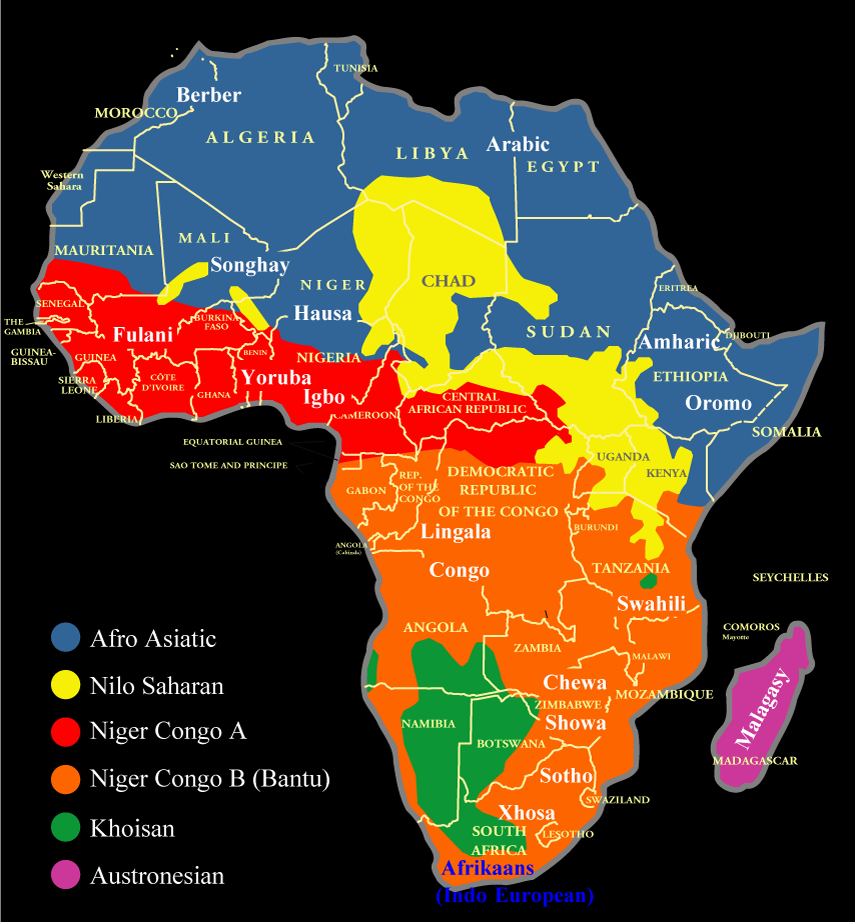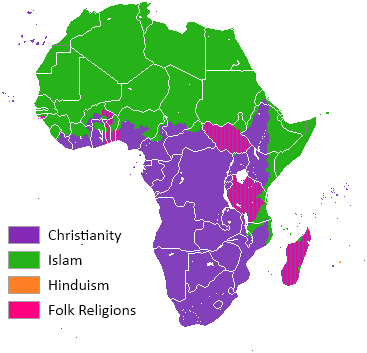This Summer of 2015 I have been privileged to study African
history. For this final blog I would like to do a quick summary of some of the
things I learned about Africa today and an over view of my studies on Ivory Coast .
From where I sit, Africa is thousands of miles away, south
of Europe and Asia , stretching far south below
the equator. According to the world population review Africa is the second
largest and most populated continent in the world with well over a billion
people as well as “home to 54 recognized
sovereign states and countries, 9 territories and 2 de facto independent states
with very little recognition.” Due to political conflict and frequent wars many
of the nations of Africa are considered third
world countries where poverty is prevalent.
As said before Arica is the
second largest continent, however this concept is often difficult to understand
in a land where most world maps center on North America .
This curious map opened my eyes to the enormity of the continent.

http://kai.sub.blue/images/True-Size-of-Africa-kk-v3.pdf
The common miss conception of Africa
is that it is peopled exclusively by those of dark complexion. While it is true
that a large percentage of the population has beautiful ebony skin, modern Africa is home to hundreds of ethnicities. In North Africa many of lighter skin and Arabian decent have
lived for centuries. The European colonial efforts transplanted opportunistic
souls to Africa, and while many emigrated back to Europe after the nations were
granted independence there are many who remain from England ,
Netherlands and Portugal for
instance. In portions of Africa where serious
racial tensions and superiority laws were implemented post colonial days there
is still a great deal of animosity towards the decedents of these immigrants.
Another large minority racial demographic is the Asian populations, many
brought over as indentured servants by the British from India , Pakistan
and Bangladesh .
(saylor).
 http://www.beautifulpetals.com/uncategorized/africa-arise/
http://www.beautifulpetals.com/uncategorized/africa-arise/
Along with a great deal of ethnic diversity, Africa is home to between one thousand five hundred and
two thousand languages.
Some of the predominant
language groups are displayed on the map below from nations online are-
Afro-Asiatic in North East African particularly where the
Arabian/Islamic influence has been. A major conduit of these languages has been
the Nile River ,
its tributaries and the great rift valley stretching deeper south into Africa . There are approximately 140 million speakers
within this group.
Niger-Saharian is the largest language division with over 200 million people. A major subgroup within this is the Bantu languages.
Khoisan is a much smaller divion with only about thirty languages in Western Southern Africa.
Niger-Saharian is the largest language division with over 200 million people. A major subgroup within this is the Bantu languages.
Khoisan is a much smaller divion with only about thirty languages in Western Southern Africa.

In Northern Africa as well
as coastal nationals along the east Islamic groups have seen continued growth
and influence in the modern age. Some view Islam as the religion of Africa even
though it came from the Middle East and
African Traditional Religions are still widely practiced. Though Christianity
has seen set backs due to association with European colonialism, many regions
Christian communities have expanded as national leaders continue to take more
control. Both Islam and Christianity are often mixed with traditional beliefs
as local superstations are often very deeply rooted. Religious groups like Hinduism and Buddhism
though practiced predominantly by immigrants from Asia
have spread in the last few decades as well.

This leads us to the summary of our Cote d’Ivoire studies.

http://www.worldpress.org/profiles/ivory_coast.cfm
The capital city Yamoussukro is actually
the fifth largest in the nation, with Abidjan
by far being the largest and most populous at over 4 million
(Citypopulation.de). The nation is broken p into 31 one region and further
divided into sub-prefectures. Though the nation has a democratic government,
during its longest and pro-western period it only had one President. During the
cues and Civil wars tensions were played on both the nations ethnic and
religious diversity. There are over 66 languages with in Ivory Coast ,
but the official language for business and trade is still French.
 https://afrikart.wordpress.com/
https://afrikart.wordpress.com/
While Islam plays a significant
role in inland Ivory Coast ,
along the coastal regions Christian missionaries work has continued since the
1600’s. There are many denominations still ministering within the nation, both
Catholic and Protestant. Some have been significant in assisting in public aid
needs like setting up much needed medical clinics and educational centers.

http://www.confectionerynews.com/Manufacturers/Cocoa-child-slavery-case-against-Nestle-ADM-and-Cargill-proceeds
The nation does not mandate education for
children. The CIA World fact book puts the poverty level in Ivory Coast at
42%. Many of the poorest in the nation live and work on the nations Cocoa farms. With the majority of Cocoa
farms being family owned, the majority of Ivoirians do not see it as a crime to
have their young children work and many see them as irreplaceable assets to
their farms. Even though Ivory
Coast produces more cocoa for chocolate than
any other nation, the Ivorian farmers are only paid cents on the pound for what
is a very labor intensive crop. Tough other industries do exist like fishing,
logging and limited manufacturing, they still have not provided the economic
push the nation needs to provide wide spread economic lift. Even so, the
unemployment rate is considerably less than many other African nations and many
have immigrated to the region for low paying employment.
 https://afrikart.wordpress.com/
https://afrikart.wordpress.com/
The arts of Ivory
Coast still show much of the traditional
influence. The music still features strongly drums and local instruments, but western
guitars, keyboards, and horns have been incorporated in many areas as well. The
traditional masks for religious and celebration ceremonies are one of the most
popular craft items with in the region. Though not a major force in
international textiles the local work is exquisite and often long lasting.


http://theawesomeivorycoast.weebly.com/music-and-dance.html
I learned a great deal this summer and have enjoyed perusing
my fellow students work as well. I wish you all a wonderful 4th of July and
prosperous pursuits.
Bibliography
Languages of Africa .
nationsonline.org
. 1998-2015
Krause, Kal. The True Size of Africa .
1980’s. Released to Public Domain
Olupona Phd., Jacob. 15 facts on African religions. May 16th
2014.
Ethnic groups in Africa . Saylor.
Cote d’Ivoire
– Republic of Cote
d”ivoire (Ivory Coast ).
City Population. March 30, 2011

 http://www.commodityonline.com/news/
http://www.commodityonline.com/news/ http://foodmuseum.typepad.com/food_museum_blog/food__politics/
http://foodmuseum.typepad.com/food_museum_blog/food__politics/ https://animalonstamps.wordpress.com/category/ivory-coast/
https://animalonstamps.wordpress.com/category/ivory-coast/



